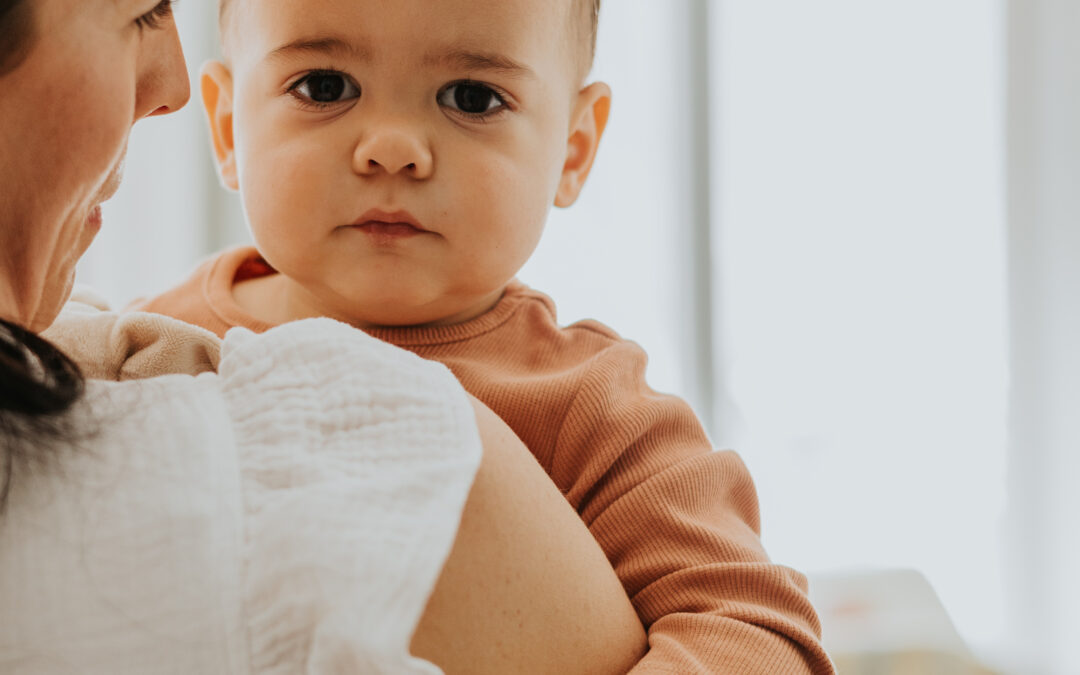Time-Based Routines vs Awake Times: Which One Works Best for Your Baby?
When it comes to baby sleep, there’s no single approach that works for every family. Some parents prefer the predictability of set nap times, while others enjoy the flexibility of following their baby’s natural awake windows. Both methods can work beautifully — it’s all about finding what suits your little one and your family best.
What is a Time-Based Routine?
A time-based routine means your baby’s naps and bedtime happen at set times each day. For example, your baby might wake at 7:00am, have a morning nap at 9:30am, and then a lunch nap at 12:30pm.
This type of routine helps create structure and consistency, which can be especially helpful once your baby’s sleep starts to become more predictable. Most families find that a time-based routine works best from around five months of age.
What are Awake Times?
Awake times are based on how long your baby stays awake between sleeps rather than on set clock times. For example, a 16-week-old might be able to stay awake for about two hours before needing another nap, while a two-year-old might manage five to five and a half hours between sleeps.
The awake time approach can be used from birth and adjusts naturally as your baby grows and their sleep needs change. It allows you to follow your baby’s cues and respond to their unique rhythm each day.
Which One Should You Use?
Every baby and every family is different, and there is no one right way to do things. Some families thrive on the structure of set nap times, while others find the flexibility of awake windows works best for their lifestyle.
As a parent, I’ve always loved having a time-based routine for my own family. It gave us a sense of rhythm and helped us plan our days. But through my work with families, I’ve seen many parents use awake times or a mix of both approaches successfully.
The most important thing is to choose what feels right for you and your baby.
So, what works best in your home? Do you follow a time-based routine or do you use awake times to guide your baby’s sleep?

